Asics Metaspeed Ray Review: Featherlight Freak – Believe in the Run
Road Running Shoes • September 9, 2025
We independently review everything we recommend. When you buy through our links, we may earn a commission.
What You Need To Know
4.5 oz. (129 g) for a US M9/ XX.X oz. (XXX g) for a US WX/
39.5 mm in heel, 34.5 mm in forefoot (5 mm drop)
Full-length FF Leap foam, teardrop shaped carbon fiber plate in the forefoot
Very bouncy
Very light
Very soft
Very unstable
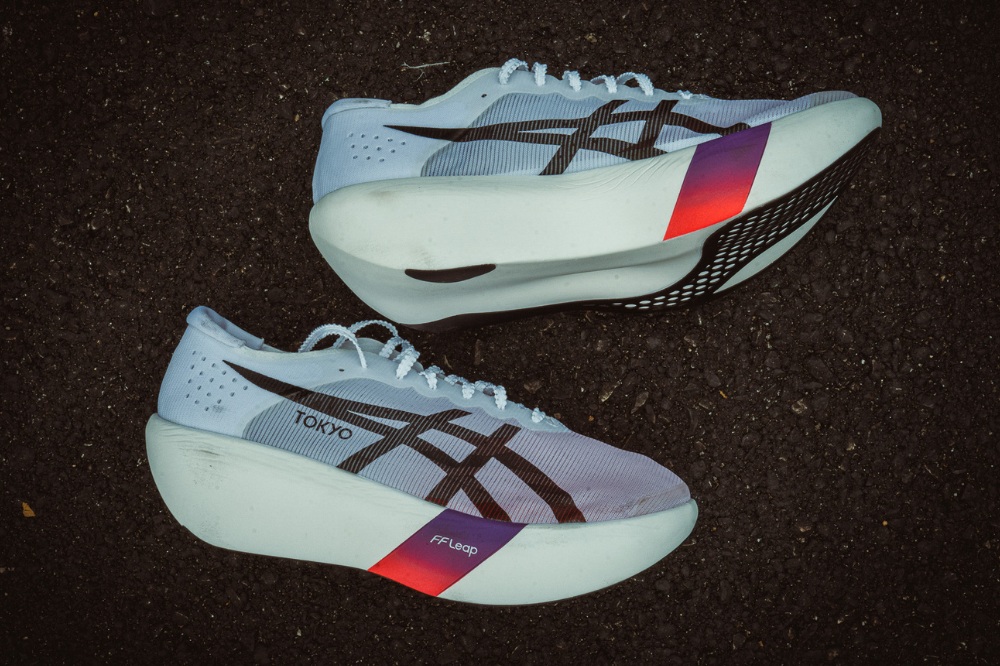
Introduction to the Asics Metaspeed Ray
MEAGHAN: Back in December 2024 at The Running Event, someone from the Asics team gave me a chance to test a “super secret” shoe slated for 2025. It was a full size too big, and if you’ve ever been to TRE, you know the late nights and early mornings don’t exactly make for ideal conditions to test a super fast racer. Still, I laced up the featherlight shoe, and even in that less-than-perfect setup, the run was fun and left me eager to try the real thing. That shoe turned out to be the Metaspeed Ray.
Asics’ race-day lineup now features three distinct models: the Metaspeed Sky, Metaspeed Edge, and the new Metaspeed Ray. This review dives into the latter– the premium option built for pros and the absolute fastest of the fast. Think of it as Asics’ answer to the ultralight Adidas’ Pro Evo, but $200 cheaper. As with the Pro Evo, the standout feature of this shoe is its insanely light build. My pair in women’s 7.5 weighs just 3.8 oz (!).
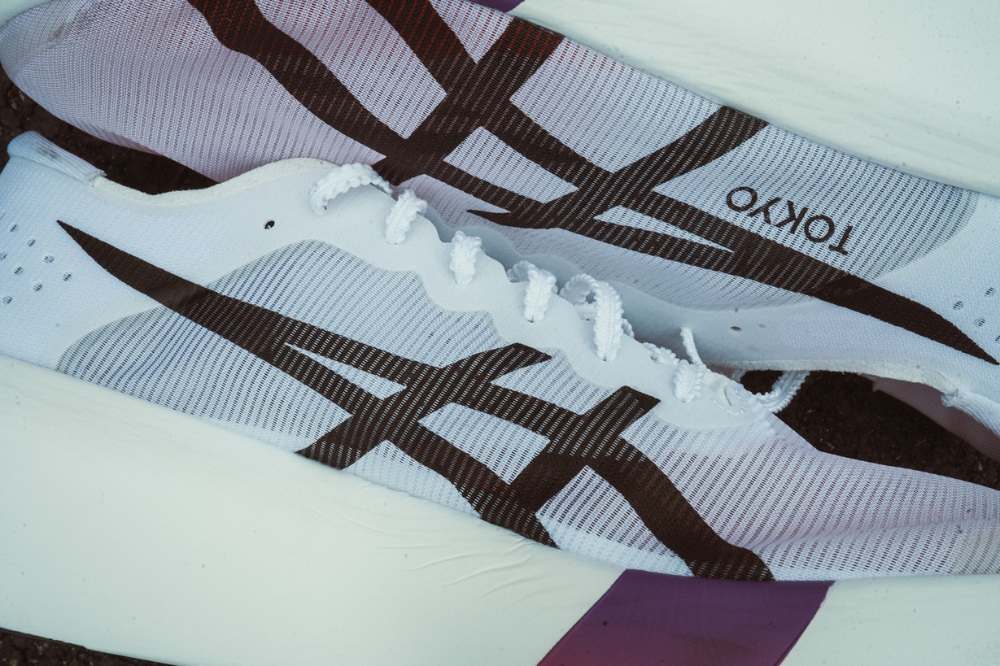
The shoe combines a premium Matryx upper with a full slab of Flytefoam Leap cushioning (39.5 mm / 43.5 mm). A carbon fiber plate sits inside too, though instead of spanning the entire length, it’s a smaller teardrop design placed in the forefoot and midfoot. Grip comes from a very thin, sticky layer of Asicsgrip outsole.
So how does the Ray stack up against the Sky and Edge– and is it worth the extra $30? Let’s find out.
THOMAS: It took Asics years to catch up to Nike on race day. Between the Metaspeed Sky/Edge Tokyo and the Metaspeed Ray, Asics might be in the lead now.
Shop The Shoe – Unisex
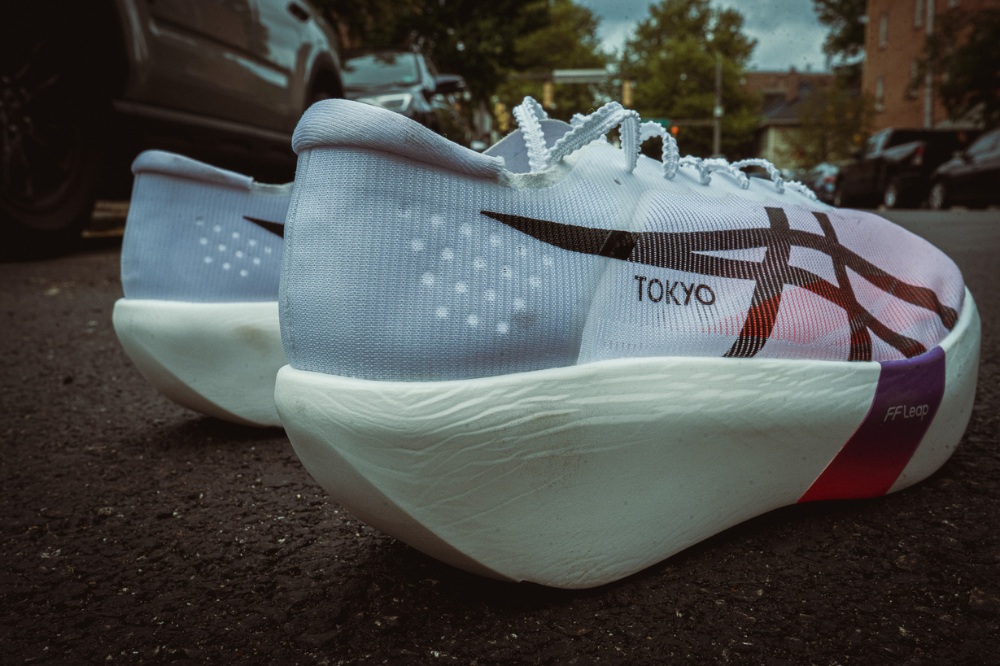
In strong ankles we trust
What we like about the Asics Metaspeed Ray
MEAGHAN: I can’t tell you how thrilled I am that Asics went with a white racing shoe for the Ray instead of the traditional red we’ve seen on the Metaspeed Edge and Sky. Not only does it make the lineup easier to distinguish, it’s simply more aesthetically pleasing.
Slipping them on, the first thing I noticed was just how soft they felt– really soft. The sensation reminded me of the Saucony Endorphin Elite 2, but in a much lighter package. Once laced up, I was pleasantly surprised by how accommodating the fit was. The Matryx upper hugs the foot nicely, yet still leaves room for the toes to splay. The overall fit felt true to size, secure, and irritation-free– no rubbing, no hot spots.
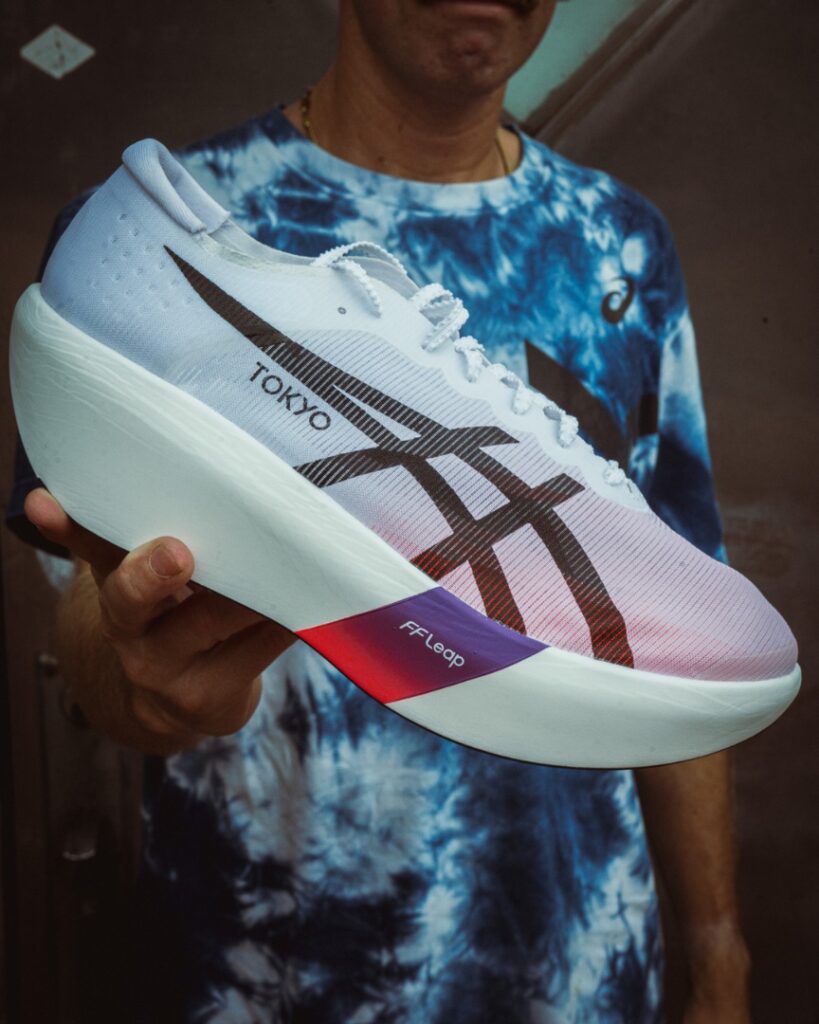
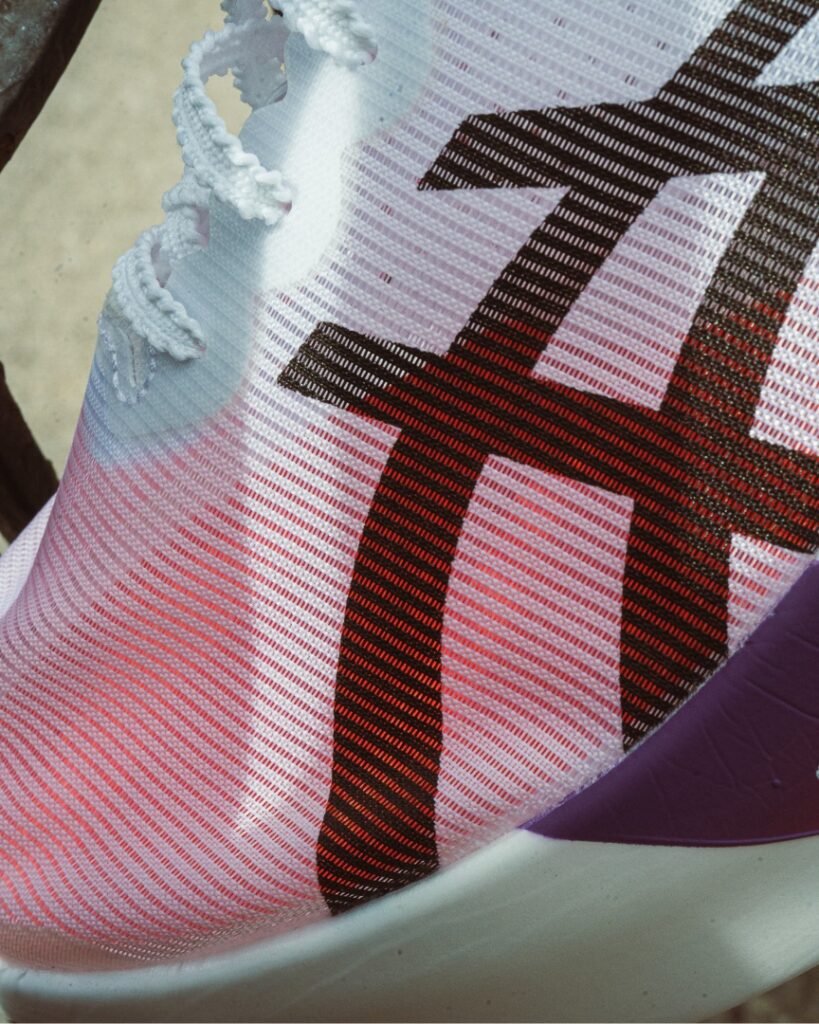
On the road is where things got interesting. I’ve now logged over 50 miles in the Ray, mostly workouts ranging from 400-meter repeats to tempo sessions. The softness carries through to pavement, but it’s paired with a noticeable propulsive response. You sink into the foam, but the shoe gives that energy right back. Hitting goal paces felt smooth, and while the shoe isn’t the most stable, the wide platform helps manage faster efforts and sharper turns. Uneven ground, however, was a different story.
As I mentioned earlier, the Ray does feel somewhat reminiscent of the Endorphin Elite 2, as both take some time to adjust to the very soft, somewhat squirrelly underfoot feeling. Compared to the Adidas Pro Evo, though, the ride is completely different. Both shoes are featherlight, but the Ray offers a much softer underfoot experience– a sinking-in and pop feeling. And one clear advantage: Asicsgrip. The outsole delivers far superior traction and confidence, especially when conditions get slick.
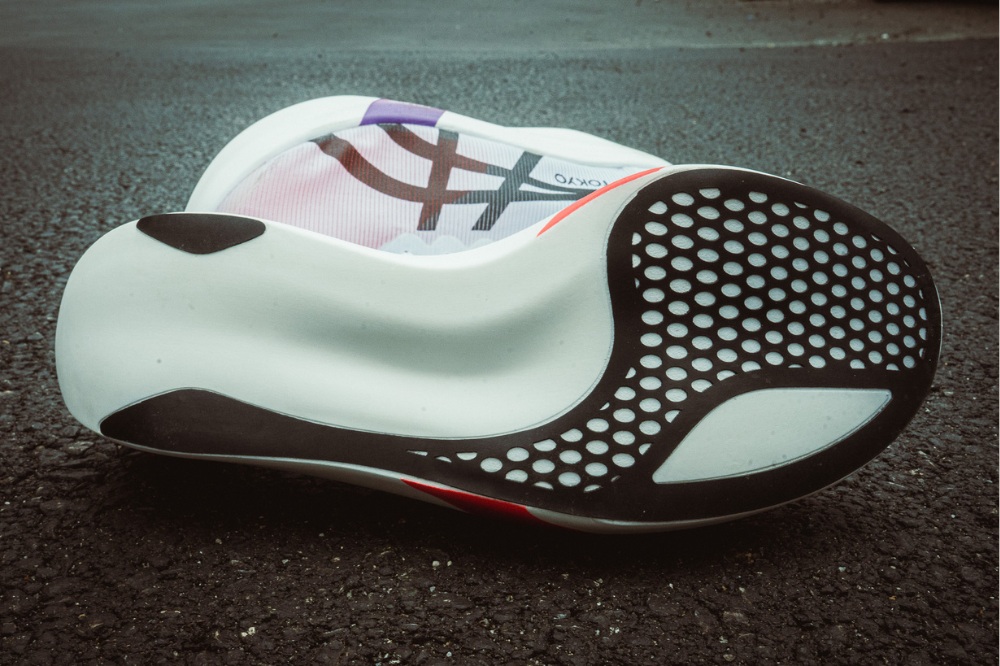
THOMAS: You want featherweight with loads of cushion? Look no further. While sliding this barely there upper onto my feet, I swear I felt the hair on my arms stand up. There is something magical about putting on a shoe that feels lighter than the box it comes in. As soon as I stood up and felt the FF Leap foam, I knew that this was going to be a fun shoe to review. It feels like having two Magic Erasers strapped to your feet. Robbe met me for a set of mile repeats on a rainy wet morning. I am happy to report that the Ray’s Asicgrip outsole is trustworthy even in slick conditions.
Additionally, during the mile repeats, Robbe noticed my natural desire to exceed the prescribed pace. The shoe has that giddy-up in its sole. Turnover feels lively.
Shop The Shoe – Unisex
What we don’t like about the Asics Metaspeed Ray
MEAGHAN: For most runners, the Metaspeed Ray is likely going to feel a little too soft, a little too unstable, and a little too pricey ($300), even if it is two Benjamins cheaper than the Adidas Pro Evo. As I mentioned earlier, this shoe was built for the elites– the pros clicking off sub-2:30 marathons, the athletes who are light, agile, and can really take advantage of its design.
I’ve genuinely enjoyed my time in the Ray, but the wear on the midsole makes it clear: this is a one- or two-race shoe. The plush foam might feel amazing around mile 20 of a marathon, but I’m not convinced it provides enough structure once your form starts breaking down in those brutal closing miles.
Durability is also a concern. I’m still testing how far I can stretch my pair, but at just 52 miles in, they already look heavily worn.
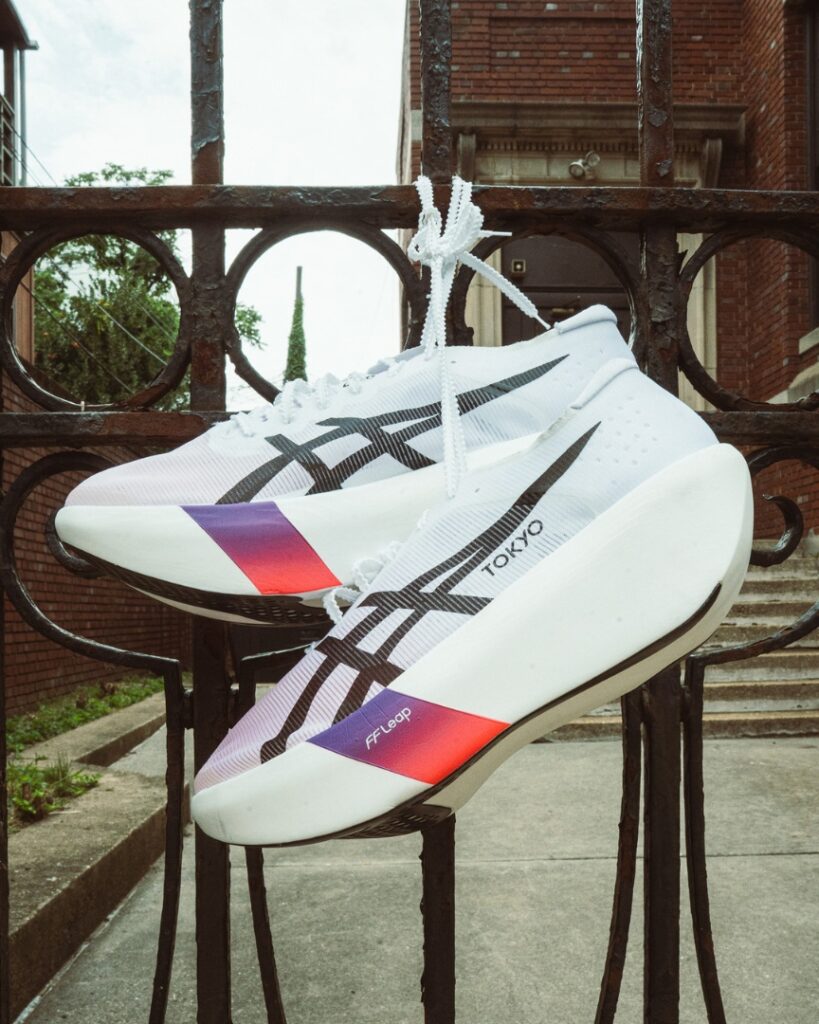
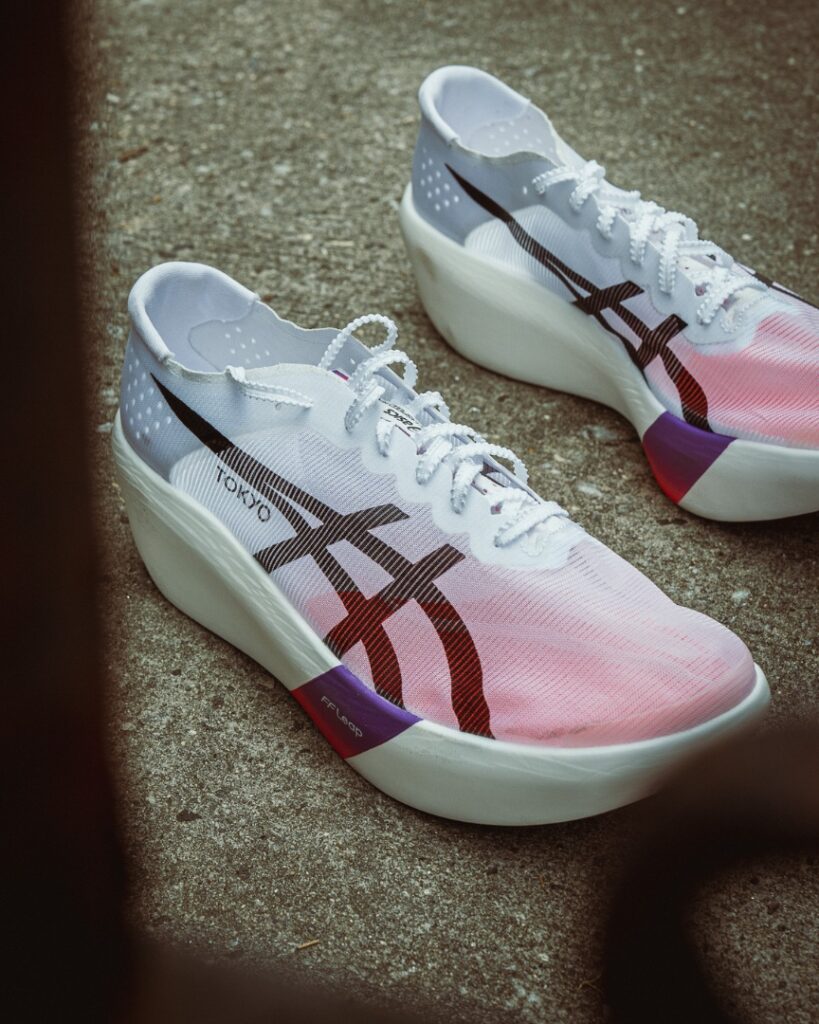
THOMAS: While at race pace, the shoe feels ridiculously good; any easier effort, the foam can be unstable. When I was doing the aforementioned mile repeats, the recovery pace intervals felt wobbly. For that reason, I would not recommend the Ray for mid-pack marathoners, including myself. All that to say, if you want it and you aren’t aiming for a podium spot, you’ll still have fun in the shoe. For me, I’ll go with the Metaspeed Edge Tokyo, if only for the extra stability.
Shop The Shoe – Unisex
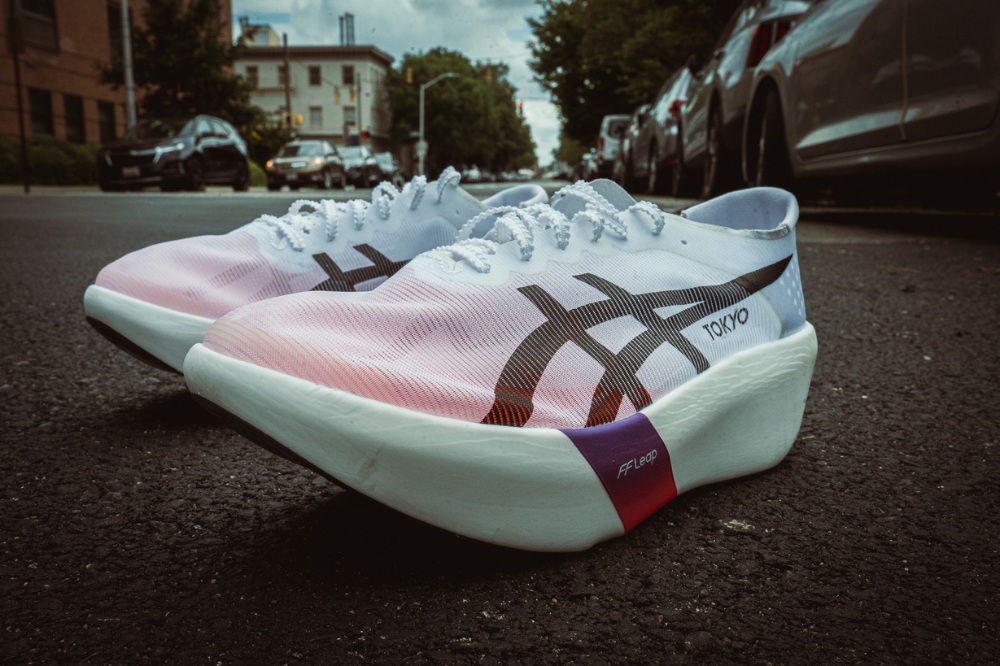
Final thoughts on the Asics Metaspeed Ray
MEAGHAN: Testing the Metaspeed Ray has been a blast, the kind of fun that definitely leans into “Type 2.” What’s been just as exciting is seeing how brands continue to push the boundaries of race-day footwear: bold designs, new materials, and innovation packed into every detail. Honestly, who would’ve thought we’d ever be racing in shoes that weigh less than 4 ounces?
For my own race-day lineup, I’ll still be reaching for the Metaspeed Edge Tokyo, especially when it comes to the marathon. But I can absolutely see why faster, more agile runners will enjoy the unique ride of the Ray.
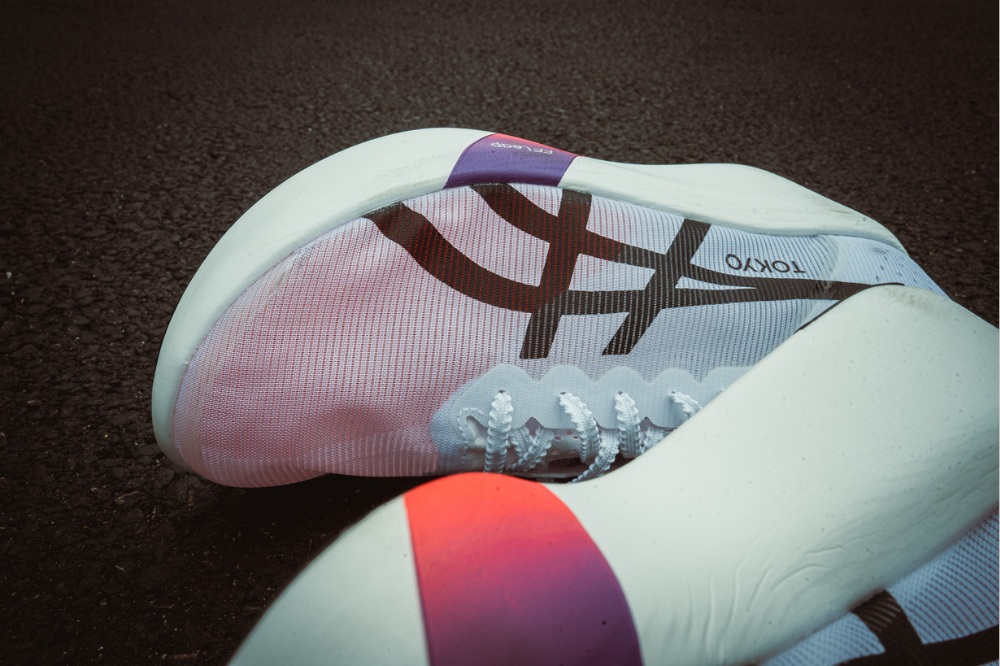
THOMAS: So the question is: What’s better, the Adidas Adizero Pro Evo 2 or the Metaspeed Ray? Hands down, the Metaspeed Ray. It wins on price, weight, and outsole. Of the lightweight racers, the Ray sits at the top of the heap. I gave the Ray a 3 for function based on my needs. However, if I am being objective, Asics nailed this shoe.
For the right runner, the Function should be scored a 5. Here is my buyer beware disclaimer: This shoe is a weapon on the right feet. You may not be the right runner for this one. In fact, this is not a shoe for most people. Typically, I like to say that shoes don’t know pace and everyone can benefit from a lighter cushioned race shoe. However, this is the case of a brand laser focusing its top-tier shoe for its top-tier athletes. We are living in a golden era of shoe specificity. The Metaspeed Ray is explicitly designed for the fast Marathon finish, that’s it.
You can pick up the Asics Metaspeed Ray for $300 from Running Warehouse (featuring free shipping and 90-day returns) by using the buttons below.
Shop The Shoe – Unisex
Previous Post

Read Article

Road Running Shoes • September 9, 2025















